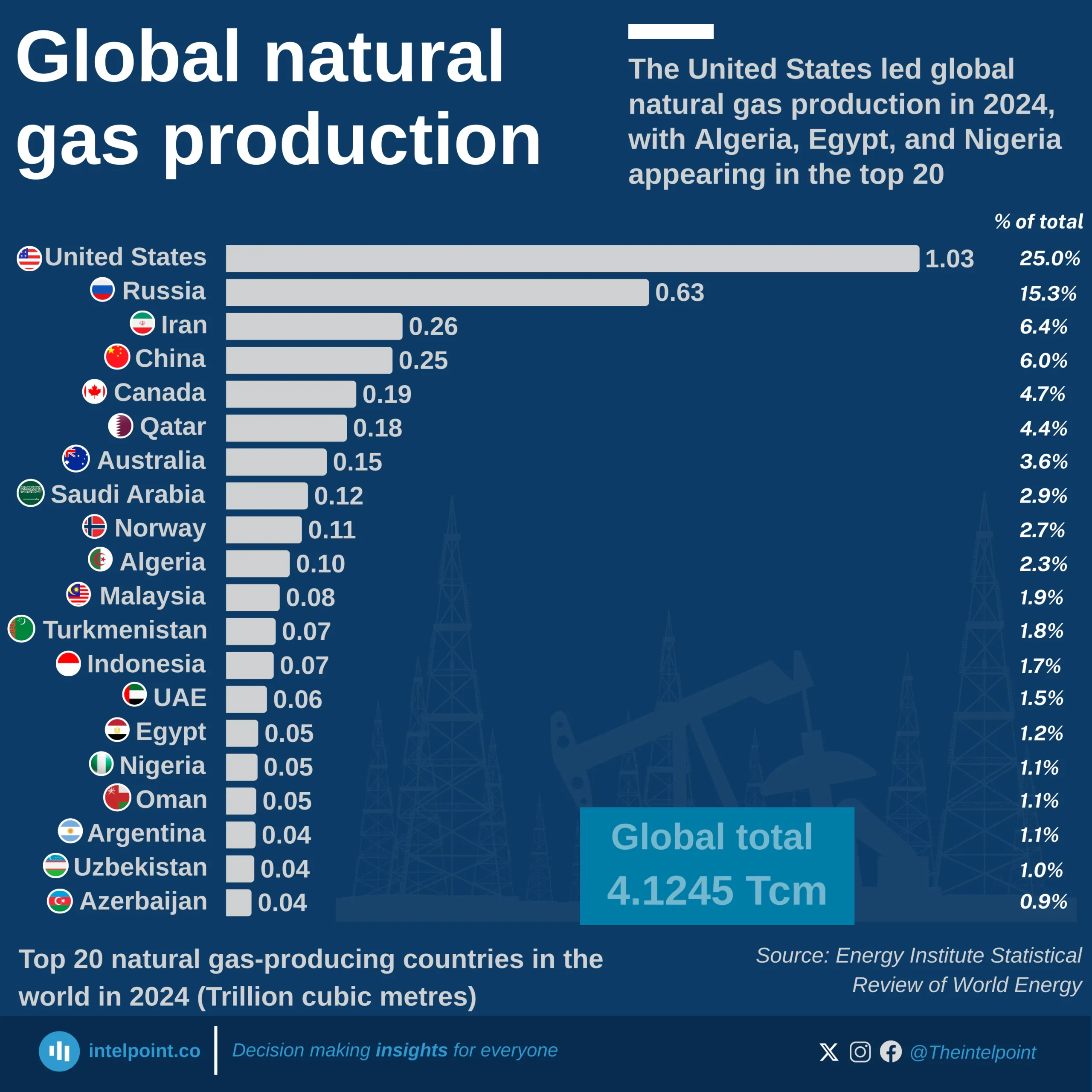Nigeria’s oil landscape is a tale of remarkable concentration and untapped potential. The nation’s energy pulse beats strongest in the Niger Delta, where Akwa Ibom leads the charge at 504,000 barrels of oil produced per day. Delta and Rivers are next, with 346,000 and 344,000 barrels respectively. The three states and Bayelsa account for nearly 85% of the production among the top 10 states. This concentrated output is a vivid testament to decades of focused investments and robust infrastructure in these regions. Yet, the story is not one of uniform success. States like Abia and Imo, producing as little as 11,000 and 17,000 barrels per day, respectively, underscore a striking disparity. Their lower outputs hint at vast, untapped reservoirs of potential waiting to be harnessed for transformative growth in the industry.

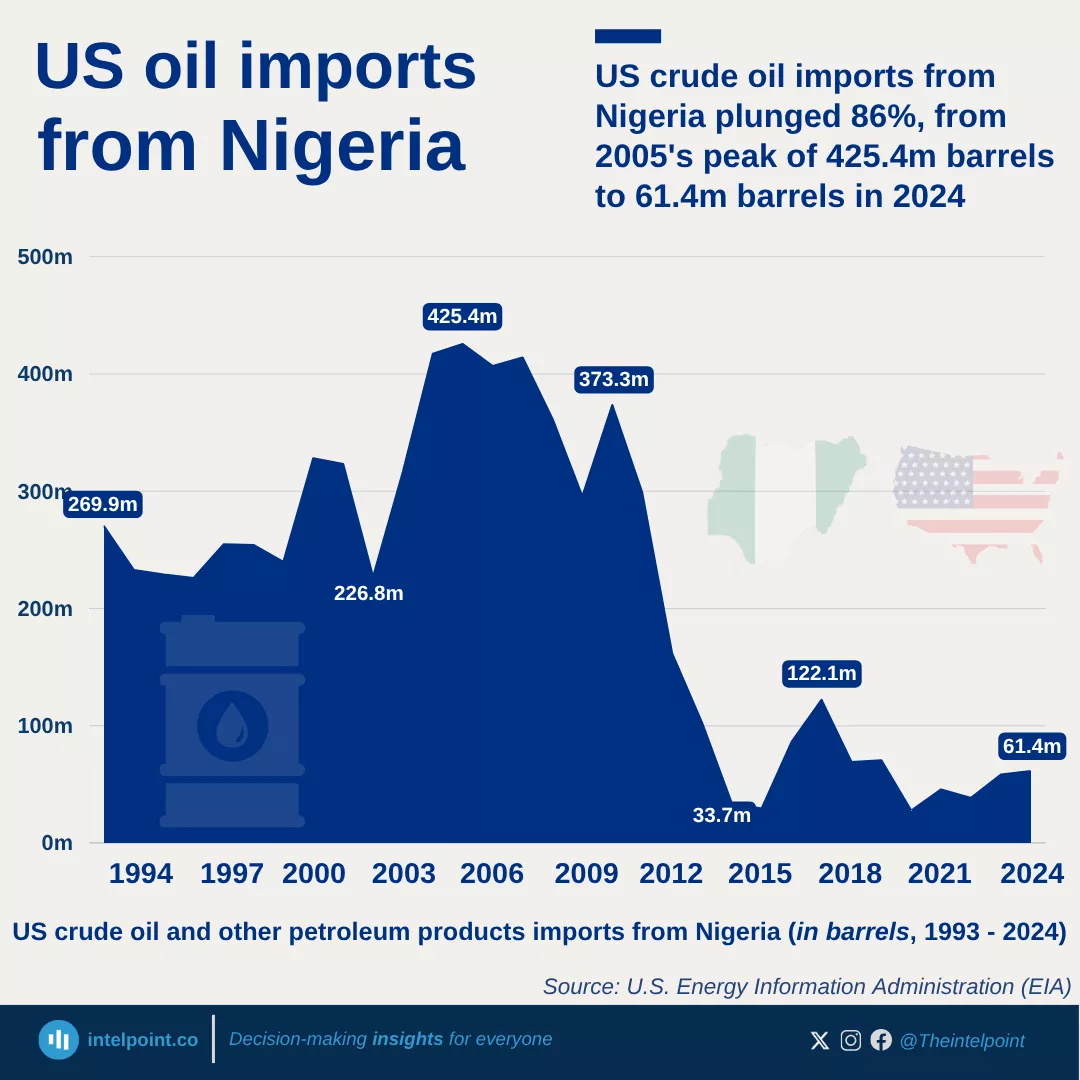
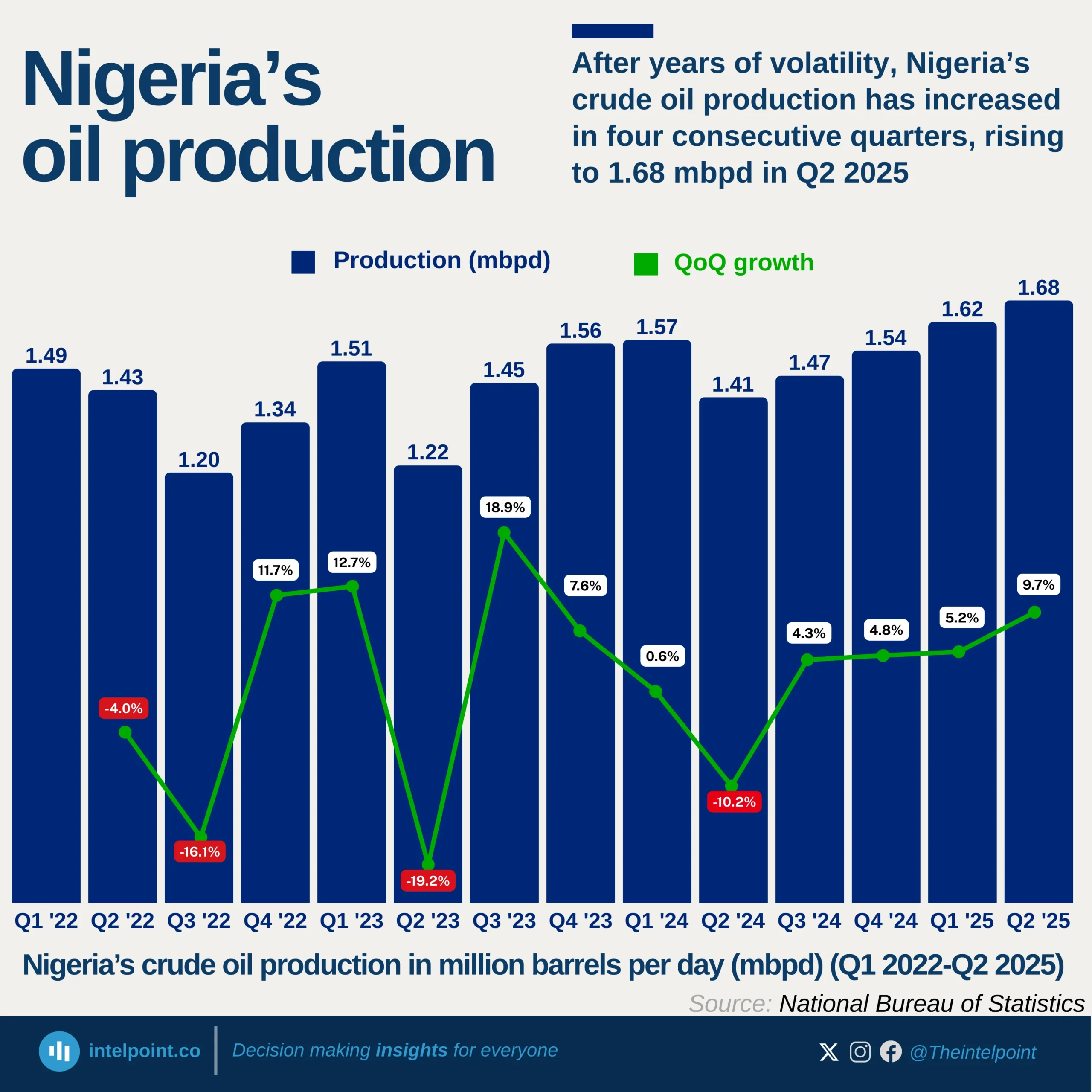
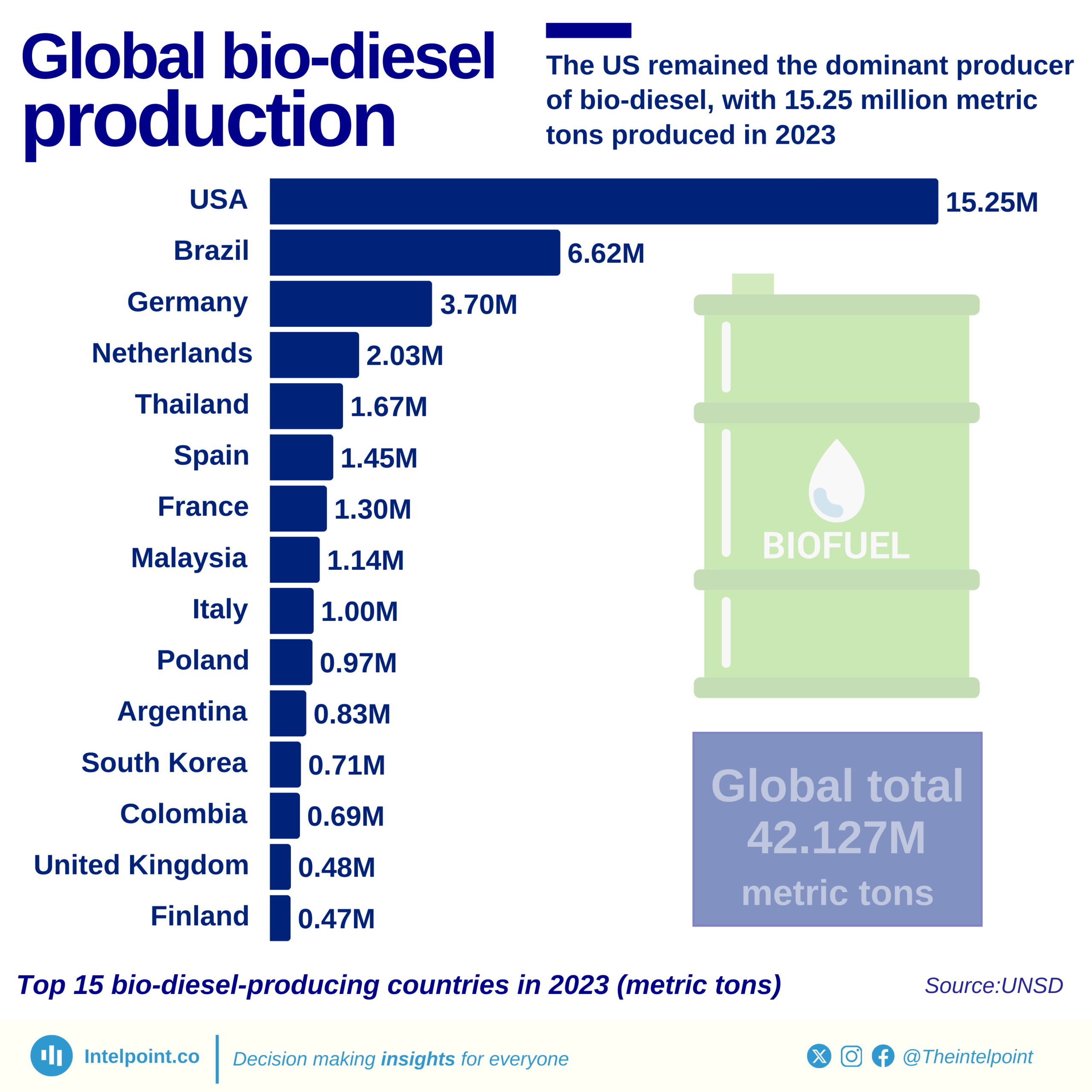
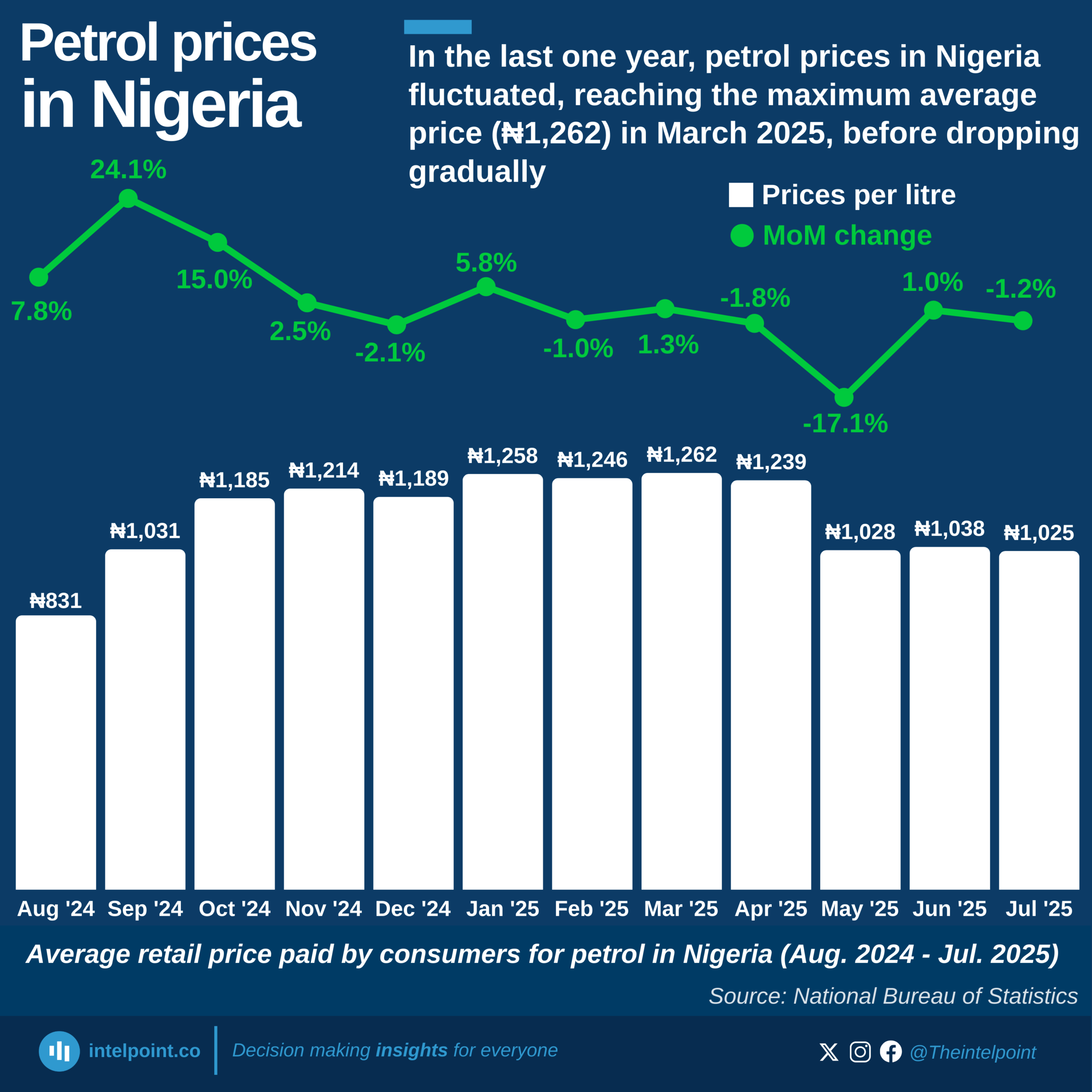
The United States dominates global natural gas production in 2024, contributing 1.03 trillion cubic metres (Tcm), nearly one-quarter of the world’s total.
Russia (0.63Tcm) and Iran (0.26Tcm) follow as the second and third largest producers.
China (0.25Tcm) and Canada (0.19Tcm) also feature strongly, rounding out the top five producers.
Collectively, these top five countries account for more than 50% of global production.
Emerging producers like Nigeria, Egypt, and Azerbaijan contribute significantly to the supply but remain far behind the leading nations.
